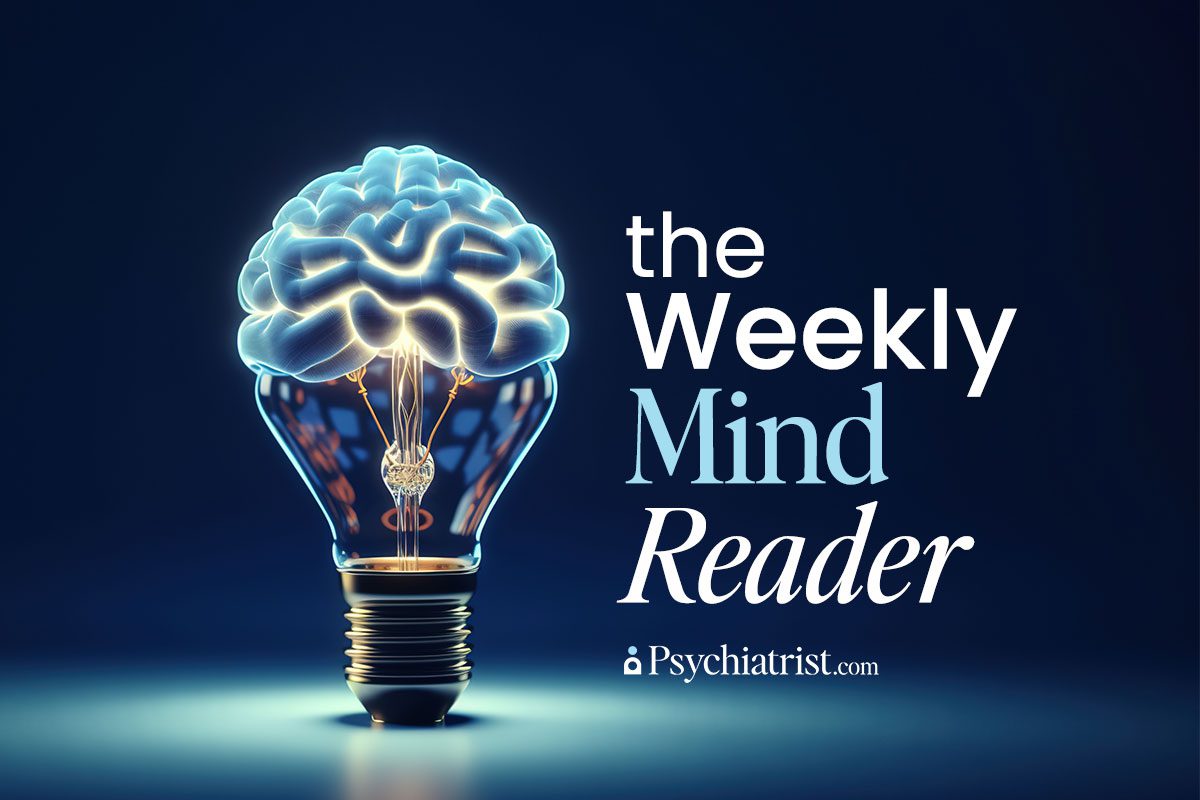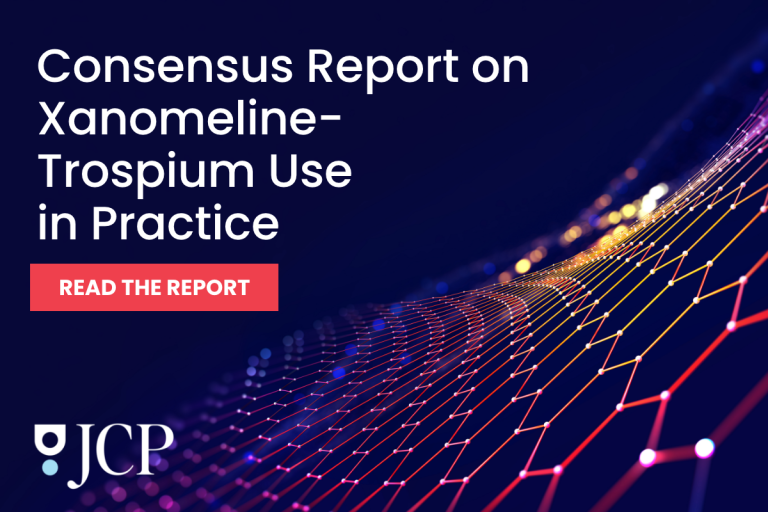This week, we uncover biological differences between MDD subtypes, examine an MS case study, and look at some bright lights.
Can Biomarkers Help Drive Better Depression Treatments?
New research out of South Korea offers some pretty compelling evidence that major depressive disorder (MDD) subtypes might be biologically distinct. It’s a revelation that could pave the way for more tailored (and efficient) treatment options.
Researchers analyzed blood samples from nearly 1,000 patients with depression and found clear differences in specific biomarkers among subtypes. People with melancholic depression boasted higher cortisol and lower serotonin levels, suggesting a heightened stress response and uneven mood regulation.
On the other hand, those with atypical depression showed elevated inflammatory markers IL-1β and IL-4, pointing to a different immune system involvement.
These study results confirm that not all depression is the same. While the melancholic subtype might benefit from therapies targeting the stress hormone system or serotonin pathways, the atypical group might respond better to anti-inflammatory interventions.
The results mark a leap forward in the relentless pursuit of precision psychiatry. By aligning biological insights with clinical symptoms, the field moves closer to developing targeted, more effective treatments for every face of depression.
IN OTHER PSYCHIATRY AND NEUROLOGY NEWS
- The Primary Care Companion for CNS Disorders published a case report this week about a young woman with multiple sclerosis who developed vivid visual hallucinations alongside optic neuritis.
- JCP this week also reveals that bright light therapy appears to be a safe and well-tolerated treatment for bipolar depression.
- In another case study, PCC discusses a patient with treatment-resistant schizophrenia who clinicians had initially misdiagnosed with an oculogyric crisis.
- A reader writes in to discuss mirtazapine and the potential it displays as a multifaceted treatment for depression in cancer patients while posing minimal drug interaction risks.
- And, finally, catch up on our latest installment in “Emerging Approaches in Schizophrenia.”



